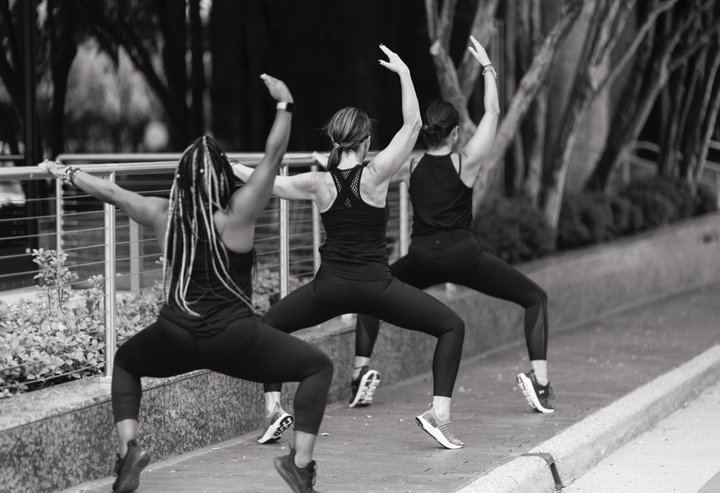
Which is more important for your participants, form or range of motion? When a movement or exercise doesn’t come naturally, it can be frustrating for your class participants. In a group setting, it can also make them feel vulnerable or embarrassed. In those moments, the temptation is for them to try to “look” like they can do the movement, even if that means doing it incorrectly. Most people would rather “fake it” to fit in and fly under the radar than do something different and draw extra attention to themselves in class, especially if they are new to fitness or your class. Don’t let them give in to that temptation!
Bodies don’t always do what we want them to do, but that’s part of the reason we have fitness classes. If you can help your participants understand the goal of the movement and help them through the learning process, you can positively impact the way their bodies move and boost their confidence levels! Encourage your participants to focus on doing what they can with the best form possible, even if that means moving through a smaller range of motion. If they sacrifice correct form for a bigger range of motion (or to appear as though they are fully able to perform a movement), they will likely reinforce the imbalances or mechanical issues that are preventing them from being able to do the movement in the first place. Ultimately, this will put them even further away from being able to successfully execute the motion over time. Even worse, the odds of them getting injured will increase too!
Create an environment where it is okay to take options, to use a smaller range, to use lighter weights or body weight, and to take a break and come back to movement when needed. Make yourself available before and after class to help talk through specific challenges and the best way to work through them. Help participants understand how to regress a movement and progress it over time in a way that will ultimately enable to them to perform the movement with correct technique and full range of motion. Prioritize learning how to perform movements well over keeping up with the choreography or class plan. Your participants and their bodies will thank you in the long run! And when the day arrives that they are able to do something they once thought they couldn’t, they will be your devoted fans for life.
By: Danica Rhoades



